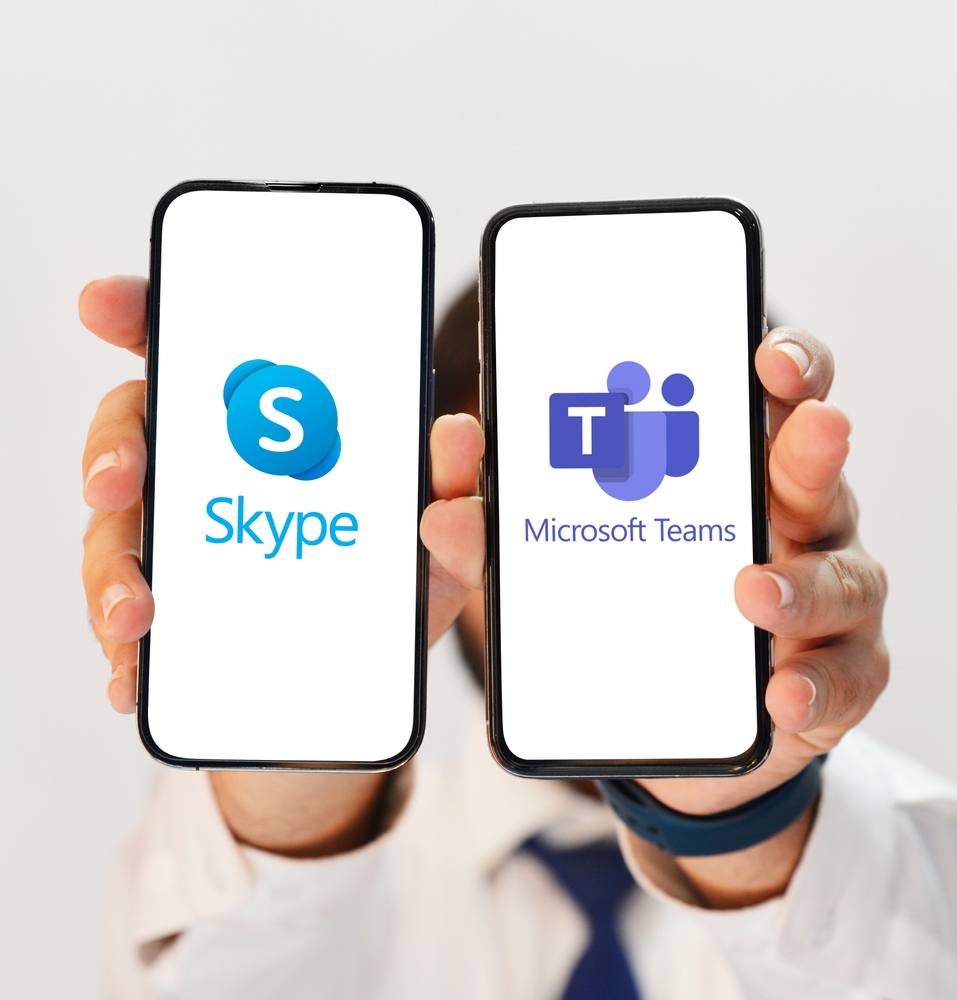Skype appeared in the early 2000s, and at that time it seemed like real magic. Users could communicate via video link, regardless of the distance. The ability to call from a computer to a phone number was a real miracle, given the cost of international and long-distance calls. At the peak of its popularity, the platform had more than 300 million users per month and was synonymous with online communication. Today, the service will be permanently closed.

Once the most popular video calling service, Skype is officially ceasing operations on May 5, 2025. In recent years, the number of platform users has been steadily declining, which was also facilitated by Microsoft itself, which finally placed its bet on its other service — Teams. Microsoft offers Skype users to switch to Teams Free. You can sign in to Teams Free using your existing Skype credentials. Skype contacts and chat history will also be automatically transferred to Teams.
The main drawback of Microsoft Teams is the inability to call landline or mobile numbers. Skype users will be able to use this feature for a while longer, until their accounts run out of funds — which Microsoft banned from being replenished several months ago. We’ll keep you updated as more transitions and changes unfold.
Alternatives to Skype
Let’s recall some alternative video conferencing services for those who do not want to switch to Microsoft Teams:
-
Google Meet — its obvious advantage is that it is free and available with a Google account.
-
Zoom — supports up to 100 participants and offers tools such as notes, whiteboard, and screen sharing capabilities. Meeting recording and access to transcripts are also available.
-
Webex — a tool from Cisco that provides screen sharing, session recording, whiteboarding, and more.
-
Discord — originally a platform for gamers to communicate, but can also be used as an alternative to Skype for personal communication or working in small teams (up to 25 participants).
-
Slack — suitable for spontaneous meetings in team chats, allowing users to easily switch from correspondence to audio or video calls.
-
Signal — a free encrypted messaging app that has been offering group video calling since 2020. It supports up to 50 participants, and calls can be initiated via a link without creating a group.
-
Telegram — one of the most popular messengers in the world recently received support for group audio and video calls for up to 200 users.
Although Skype is disappearing from the digital landscape, many tools are stepping in to fill the gap, notes NIX Solutions. Whether you’re staying with Microsoft Teams or exploring new platforms, the world of communication remains full of options.
